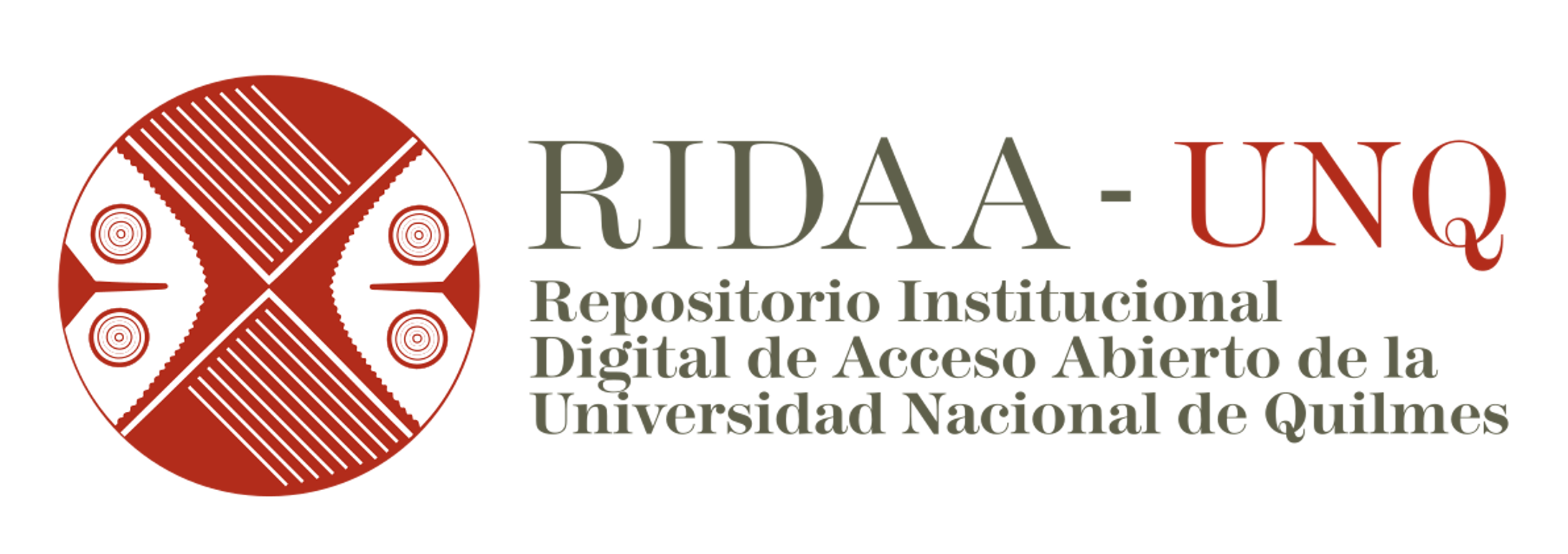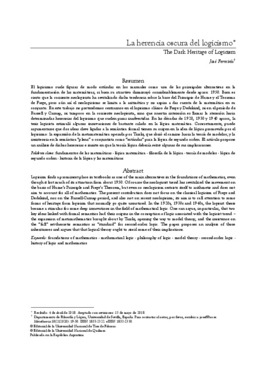La herencia oscura del logicismo
The dark heritage of logicism
Resumen
El logicismo suele figurar de modo estándar en los manuales como una de las principales alternativas en la fundamentación de las matemáticas, si bien su atractivo disminuyó considerablemente desde aprox. 1950. Bien es cierto que la corriente neologicista ha revitalizado dicha tendencia sobre la base del Principio de Hume y el Teorema de Frege, pero aún así el neologicismo se limita a la aritmética y no aspira a dar cuenta de la matemática en su conjunto. En este trabajo no pretendemos centrarnos en el logicismo clásico de Frege y Dedekind, ni en el período de Russell y Carnap, ni tampoco en la corriente neologicista, sino que nuestra intención es llamar la atención hacia determinadas herencias del logicismo que suelen pasar inadvertidas. En las décadas de 1920, 1930 y 1940 aprox., la tesis logicista estimuló algunas innovaciones de bastante calado en la lógica matemática. Concretamente, puede argumentarse que
dos ideas clave ligadas a la semántica formal tienen su origen en la idea de lógica promovida por el logicismo: la expansión de la metamatemática operada por Tarski, que abrió el camino hacia la teoría de modelos; y la insistencia en la semántica “plena” o conjuntista como “estándar” para la lógica de segundo orden. El artículo propone un análisis de dichas herencias e insiste en que la teoría lógica debería evitar algunas de sus implicaciones. Logicism finds a prominent place in textbooks as one of the main alternatives in the foundations of mathematics, even though it lost much of its attraction from about 1950. Of course the neologicist trend has revitalized the movement on the basis of Hume’s Principle and Frege’s Theorem, but even
so neologicism restricts itself to arithmetic and does not aim to account for all of mathematics. The present contribution does not focus on the classical logicism of Frege and Dedekind, nor on the Russell-Carnap period, and also not on recent neologicism; its aim is to call attention to some forms of heritage from logicism that normally go quite unnoticed. In the 1920s, 1930s and 1940s, the logicist thesis became a stimulus for some deep innovations in the field of mathematical logic. One can argue, in particular, that two key ideas linked with formal semantics had their origins in the conception of logic associated with the logicist trend – the expansion of metamathematics brought about by Tarski, opening the way to model theory, and the insistence on the “full” set-theoretic semantics as “standard” for second-order logic. The paper proposes an analysis of those inheritances and argues that that logical theory ought to avoid some of their implications.

